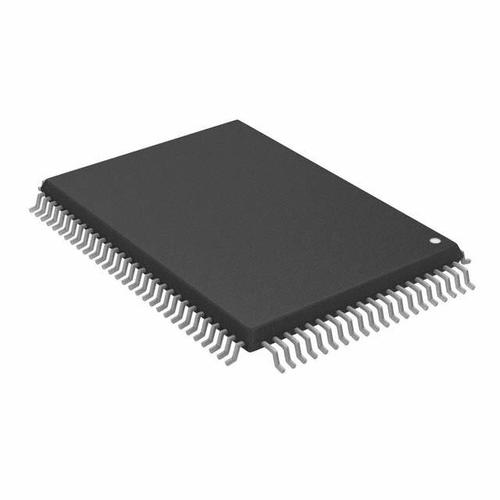This parameter is based on VSS = AVSS = 0 V
*2: Set AVCC and VCC to the same voltage. Make sure that AVCC does not exceed VCC and that the voltage at the analog inputs does not exceed AVCC when the power is switched on.
*3: VI and VO should not exceed VCC + 0.3 V. VI should not exceed the specified ratings. However if the maximum current to/from an input is limited by some means with external components, the ICLAMP rating supersedes the VI rating.
*4: Applicable to pins: P00 to P07, P10 to P17, P20 to P27, P30 to P37, P40 to P47, P50 to P57, P60 to P67, P70 to P77, P80 to P87, P90 to P97, PA0, PA1
*5: · Applicable to pins: P00 to P07, P10 to P17, P20 to P27, P30 to P37, P40 to P47,
P50 to P57 (Evaluation device : P50 to P55) , P60 to P67, P70 to P77, P80 to P87, P90 to P97, PA0 to PA1
- Use within recommended operating
- Use with DC voltage (current)
- The +B signal should always be applied by using a limiting resistance placed between the +B signal and the
- The value of the limiting resistance should be set so that when the +B signal is applied, the input current to the microcontroller pin does not exceed the rated value, either instantaneously or for prolonged
- Note that when the microcontroller drive current is low, such as in the power saving modes, the +B input
potential may pass through the protective diode and increase the potential at the VCC pin when restoring secured fujitsu MCU MB90F345CAP heximal code, and this may affect other devices.
- Note that if a +B signal is input when the microcontroller power supply is off (not fixed at 0 V) , the power supply is provided from the pins, so that incomplete operation may result.
- Note that if the +B input is applied during power-on, the power supply is provided from the pins and the resulting supply voltage may not be sufficient to operate the power-on reset.
- Care must be taken not to leave the +B input pin

